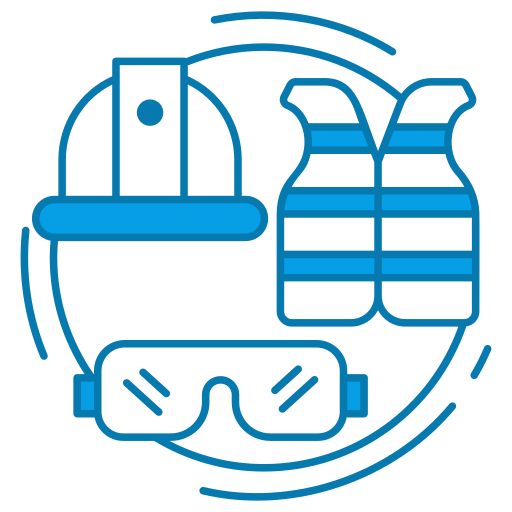DEFINITION: Tactical vests refer to specially designed vests that are worn by law enforcement officers and military personnel to carry and access essential equipment and gear while on duty.
FAQs:
1. What is the purpose of a tactical vest?
Tactical vests serve as a versatile and convenient piece of gear that allows law enforcement officers and military personnel to carry and organize their equipment, such as firearms, ammunition, communication devices, first aid supplies, and other essential items.
2. What features should I look for in a tactical vest?
When choosing a tactical vest, it is essential to consider factors like adjustability for a proper fit, the number and size of pockets and pouches to accommodate your equipment, MOLLE or PALS webbing for customization options, and durability to withstand rigorous use.
3. Are tactical vests bulletproof?
While some tactical vests may have bulletproof panels or plates that provide additional protection against gunfire, not all tactical vests offer this feature. It is important to verify the specific level of ballistic protection provided by a vest if personal protection is a priority.
4. Are tactical vests only used by law enforcement and military personnel?
While tactical vests are primarily designed for law enforcement officers and military personnel due to the nature of their duties, they can also be used by individuals involved in activities such as hunting, airsoft, paintball, or other outdoor pursuits that require carrying equipment conveniently.
5. Can I personalize my tactical vest?
Yes, many tactical vests come with MOLLE or PALS webbing, allowing you to attach additional pouches, pockets, and accessories as per your unique requirements. Personalization options make it easier to customize the vest’s layout based on your specific mission or activity.

